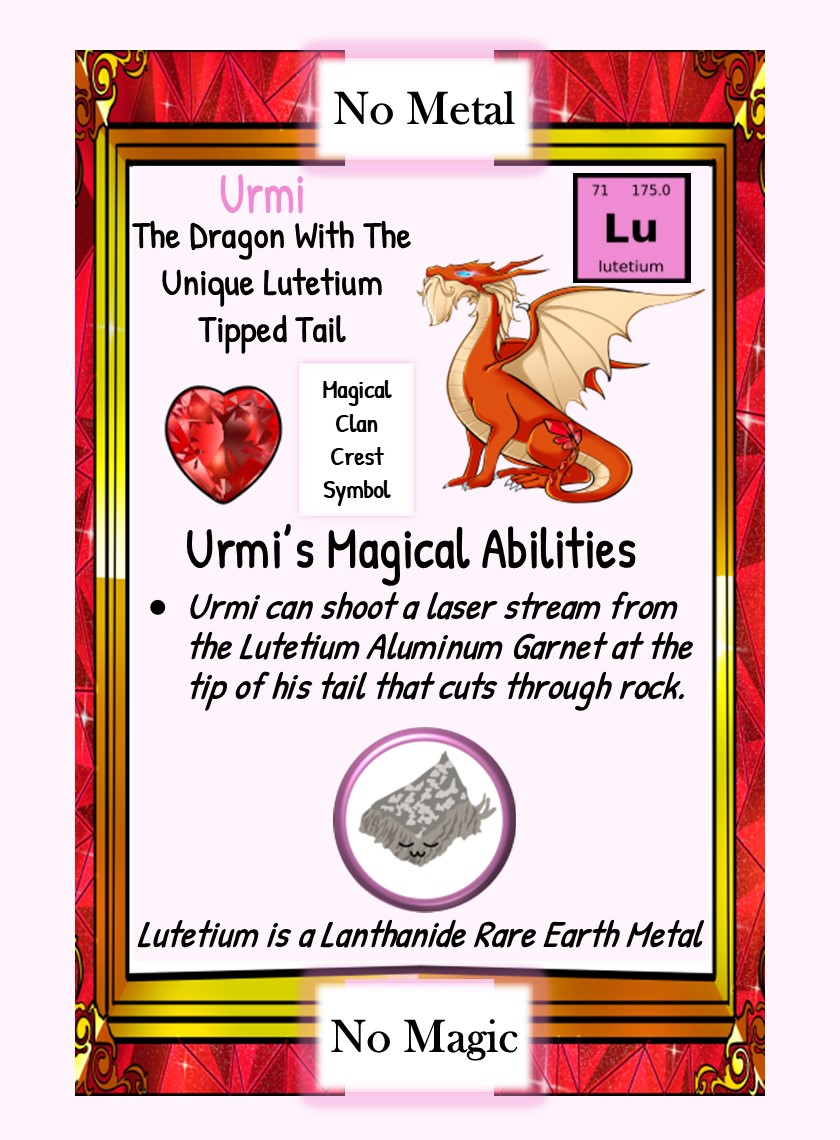
The Journey of Lutetium: From Early Discoveries to Altered Applications
Lutetium, a rare earth element known by the atomic number 71, has a fascinating history that dates back to its discovery. In this article, we will explore the early uses of lutetium, understanding its properties, and ultimately uncovering why it is no longer employed for those initial purposes. While lutetium may have taken a different path than originally envisioned, its significance in modern applications remains noteworthy.
Early Discoveries and Properties:
Lutetium was first discovered in 1907 by two chemists, Georges Urbain and Carl Auer von Welsbach, independently of each other. Urbain initially named the element “lutecium” to honor the Latin name for Paris, “Lutetia.” However, the spelling was modified to “lutetium” to harmonize with the modern atomic naming conventions.
Lutetium belongs to the lanthanide series, and chemically, it shares similarities with other elements in the group. It is a silvery-white metal that is relatively stable in its pure form and exhibits exceptional resistance to corrosion. Moreover, lutetium is among the densest of all elements and possesses excellent heat stability, making it ideal for a variety of applications.
Early Uses of Lutetium:
- X-ray Phosphors and Medical Imaging: One of the primary early uses of lutetium was in the production of X-ray phosphors (materials that emit visible light when exposed to X-rays) used for medical imaging. Lutetium-based compounds were added to intensify X-ray contrast, enabling doctors to detect even slight abnormalities in radiographs.
- Scintillation Crystals: Lutetium-based compounds were also used in the production of scintillation crystals. These crystals convert high-energy radiation (such as gamma rays) into visible light, making them essential in various fields, including nuclear physics and medical imaging.
- Catalysts in Organic Chemistry: Due to its unique chemical properties, lutetium compounds were explored as catalysts in synthetic organic chemistry. Promising results showed their potential in facilitating various chemical reactions with high efficiency. The hopes were to use lutetium catalysts commercially for industrial-scale chemical processes.
Why Lutetium’s Usage Evolved:
Despite the initial enthusiasm surrounding lutetium’s potential applications, several factors contributed to its limited use in those first areas:
- Relative scarcity: Lutetium is a rare earth element, making it challenging and expensive to obtain in commercially viable quantities. This rarity contributed to limitations in the production and availability of lutetium-based compounds, reducing their practicality for widespread use.
- Advances in technology: Advancements in medical imaging and X-ray technology led to more efficient and economical alternatives to lutetium-based X-ray phosphors. These alternatives provided comparable results while being more accessible and cost-effective.
- Development of superior substitutes: In the field of scintillation crystals, newer materials, such as lutetium aluminum garnet (LuAG) and lutetium oxyorthosilicate (LSO) crystals, offered superior performance and efficiency over lutetium-based compounds. These replacements displaced the earlier applications of lutetium compounds in this field.
Looking Forward:
Although lutetium may no longer be commonly used for the applications it was initially envisioned for, this rare earth element has found new purposes in modern industries. Today, lutetium is utilized in various fields, including catalysis, radiopharmaceuticals, and nuclear research. Its excellent scintillation properties have also gained significance in the development of high-performance detectors for medical imaging and scientific experiments.
While the early uses of lutetium in X-ray phosphors, scintillation crystals, and organic chemistry catalysts did not fully materialize, its unique properties still contribute to its significance in numerous other applications. The story of lutetium reminds us that scientific discoveries don’t always follow a linear path, and that adaptation is crucial in harnessing the full potential of any element.
This article is brought to you by Sybrina Durant, the author of the middle grade picture book, Magical Elements of the Periodic Table Presented Alphabetically By The Elemental Dragons. Learn More. In that book Lutetium is presented by the dragon, Urmi.
Inter-Active Elemental Fantasy-Themed Periodic Table from Magical Elements of the Periodic Table Presented Alphabetically by The Elemental Dragon Clan
Click here to use This Inter-Active Viewer To Learn More About The Elements Each Elemental Represents On This Periodic Table. Want this in a 24″ x 36″ Poster? Click here.
Sybrina Publishing Offers Fun Activities Based On The Book
Magical Elements of the Periodic Table Magical Elementals
Browse Magical Elemental Activities at MagicalPTElements or Sybrina-Publishing on TPT or Classful
Want To Hear The No Metal No Magic Song?












